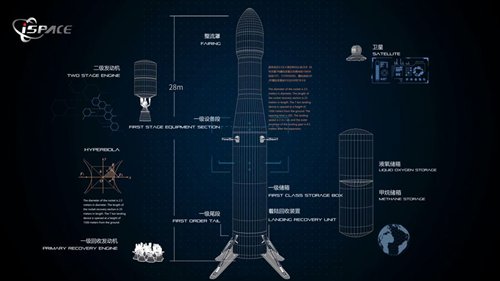The rocket uses liquid oxygen-methane propellants, and its primary stage can be used again for other launches. The company claims this reusability reduces the cost of rocket production by 70 percent. It has a payload capacity of 1.9 ton, and it can contain small and medium-sized satellites. The Hyperbola-2 is 28 meters long and has a takeoff weight of 90 tons. It is designed to launch satellites into the Lower Earth Orbit (LEO). Currently, Elon Musk’s Space X is the only company with operational reusable rockets, called the Falcon 9 and the Falcon Heavy. Jeff Bezos’ Blue Origin also has a reusable rocket called the Blue Shephard, but it’s still in a prototype stage. This means small-time Chinese companies can afford to launch satellites at a lower cost. A survey released by Frost&Sullivan earlier this year, suggests the small satellite market can reach a cap of $69 billion by 2030. No wonder i-Space wants to launch various satellites from imaging to research in this range.
